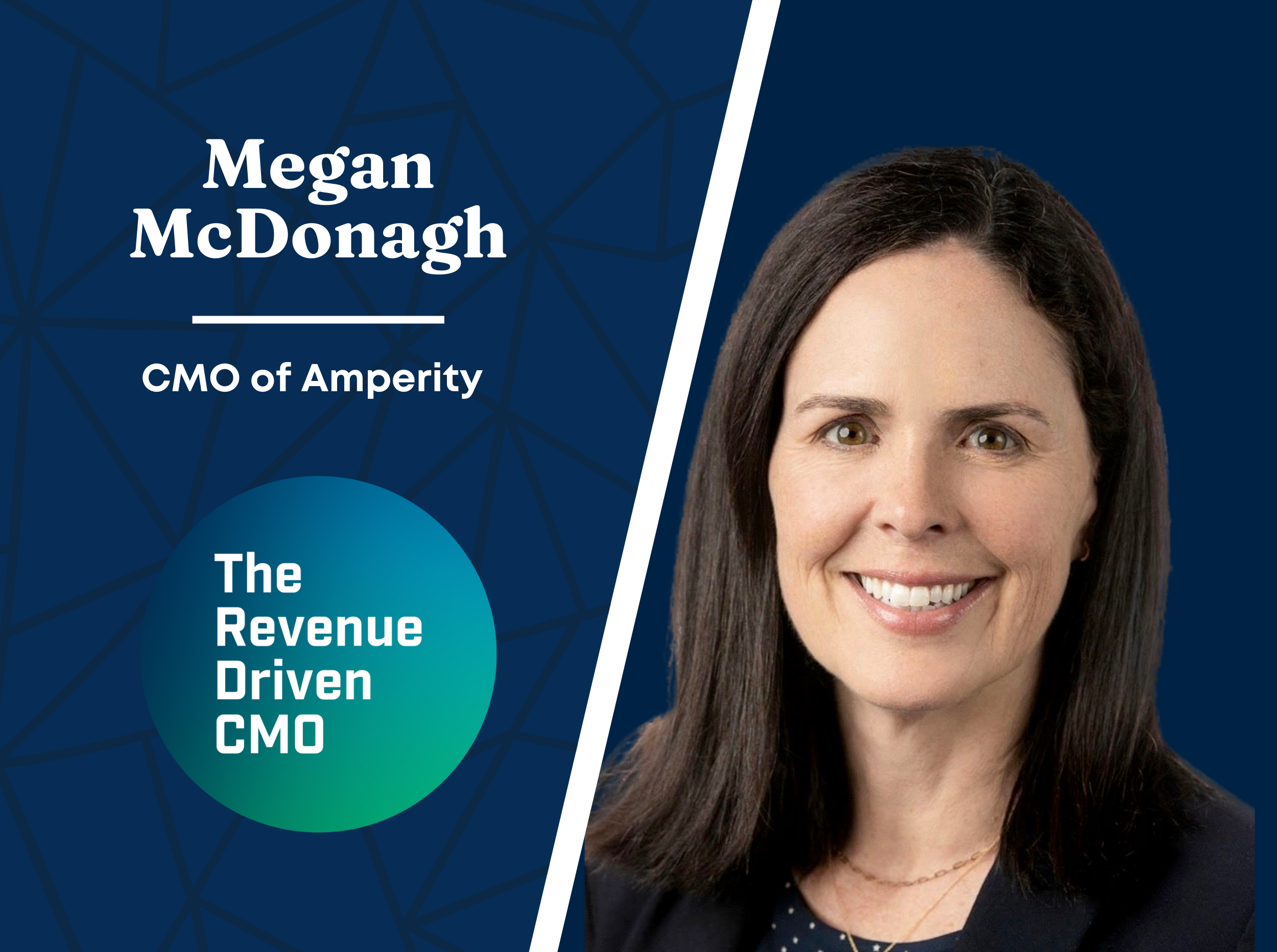
The simple guide to marketing automation for B2B SaaS
If you’re in B2B Software-as-a-Service (SaaS), marketing automation isn’t just a trinket or an overrated trend—it’s essential to your success.
When considering the profitability of marketing automation for B2B SaaS, you should have these three types of ongoing campaigns at a minimum:
- Consideration
- Onboarding
- Re-engagement
All of these campaigns have some overlap, and you have to look at them not only in terms of leads but also in terms of customers.
Marketing automation really is powerful when executed well. Some brilliant soul once said, “With automation, you can have your cake and have robots feed it to you.” And that’s exactly why we love marketing automation.

Email is always worth the time: What it’s like to not use workflows
In the world of SaaS, you’ve got rich user data living right inside your product. But in order to get the most out of it, you have to integrate that product data with your marketing data. Otherwise, you’re missing a huge marketing opportunity.
Consider Gmail. Let’s say you’re a Gmail user who’s not yet using email filters. If you’re not using filters to organize your Gmail account, you’re missing out on something that could truly improve your user experience and general satisfaction. But if Google’s product team doesn’t talk to its marketing team, you’d never get that email that says, “Hey, filters can dramatically simplify how you organize and sort your email.”
And as a result, you’d never know how much better your Gmail experience could be. If you’re not leveraging that rich user data from your product, you’re most likely missing some amazing opportunities to improve the user experience, increase MRR/ARR, and so on.
Lead nurturing is indispensable
Nurtured leads spend 47% more than non-nurtured leads.
When you consider the statistic above, you’ll realize that email is always worth the time. To do it well, though, you have to formulate a strategy that incorporates each type of B2B nurture campaign.
As I mentioned in the intro, there are three key types of campaigns that make up this B2B marketing automation strategy.
Before going any further into this, it’s important to note that you must always have permission to email contacts. There are lots of domestic and international laws that can cost you precious money and reputation. So protect your neck and obey the law 🙂
Let’s take a look at each of the three campaigns:
The consideration campaign

At the top of the trusty, ol’ marketing funnel lies the consideration phase. At this phase, you’re going to be using email to retarget leads who haven’t yet made a purchase (because they are still considering your products and services). The content of a consideration email might show prospects the next steps or give them some valuable content they might enjoy. And it doesn’t have to be fancy—it can be as simple as booking a brief intro meeting or providing a “getting started” checklist.
Guess what? Your customers are in consideration mode, too. Use email to nurture them with product and industry information that is relevant to their needs. This should, in turn, deepen your relationship and ultimately lead to up-sells, cross-sells, referrals, and even testimonials. When people like you, they want to buy from you, and all of that rolls into the consideration stage.
The onboarding campaign

With regard to the onboarding phase, you need to identify anything that would help your contacts get to know you better. For both leads and customers, this content could be something like a multi-part email series that includes some product and service information.
For leads, you’d want to welcome new folks who enrolled in a free trial, introduce them to the product, show them the best features, share how-tos, and so on. With free-trial users, the most important “next step” that they can take is to convert to a paid account. For instance, if they’re moving from a different system to yours, you could show them how simple it is to import their old stuff into the new system. Meanwhile, onboarding folks who purchased your product will look a little different. With a new customer, you’d want them to know more specific details about account setup and who their points of contact would be for support.
Onboarding is a crucial workflow; if done right, it really helps to cement your brand loyalty and build brand equity with both leads and customers. For leads, this kind of workflow is especially important because it demonstrates right from the beginning that they can expect clear, relevant communication when they become a customer. If your free-trial users see that and appreciate the fact that you’re putting your best foot forward right from the start, before they’re even customers, then they’ll be much more likely to take that next step.
The re-engagement phase

Re-engagement campaigns are aimed at leads and customers who have been inactive for some (reasonable) period of time. This is the point at which you ask your leads to come back or you promote valuable content to encourage them to return. Re-engagement campaigns are also the perfect hotbed for testing things that are a little different from your normal routine.
With customers, this can be a slippery slope. On the one hand, it’s good to stay engaged with customers in particular. On the other hand, there’s another school of thought: “If they’re paying you but aren’t using the software, why bother them?”
But you can always reach out and simply say, “Hey, we just want to check in since we haven’t heard from you for a while. ” You never know how they might respond. It could simply be that they’ve experienced turnover and are now turning to you for a helping hand. Or perhaps they just need a refresher on what exactly it is that you offer.
In the grand scheme of things, re-engagement is simply a good marketing practice. Sure, it could remind them that they’re paying for this thing and aren’t using it, which may cause them to cancel. You could avoid pointing out their inactivity, but doing so seems unethical if you’re actively tracking that metric, and it can negatively affect your company’s long-term goals. Either way, people are eventually going to catch on, so it’s probably best to approach it from the angle of a company that has the customer’s best interests in mind.
What comes next?
Understanding the B2B marketing automation best practices for these three phrases is critical. In the second part of this blog series, we’ll touch on how to align sales and marketing with HubSpot. Stay tuned.
Most newsletters suck...
So while we technically have to call this a daily newsletter so people know what it is, it's anything but.
You won't find any 'industry standards' or 'guru best practices' here - only the real stuff that actually moves the needle.






